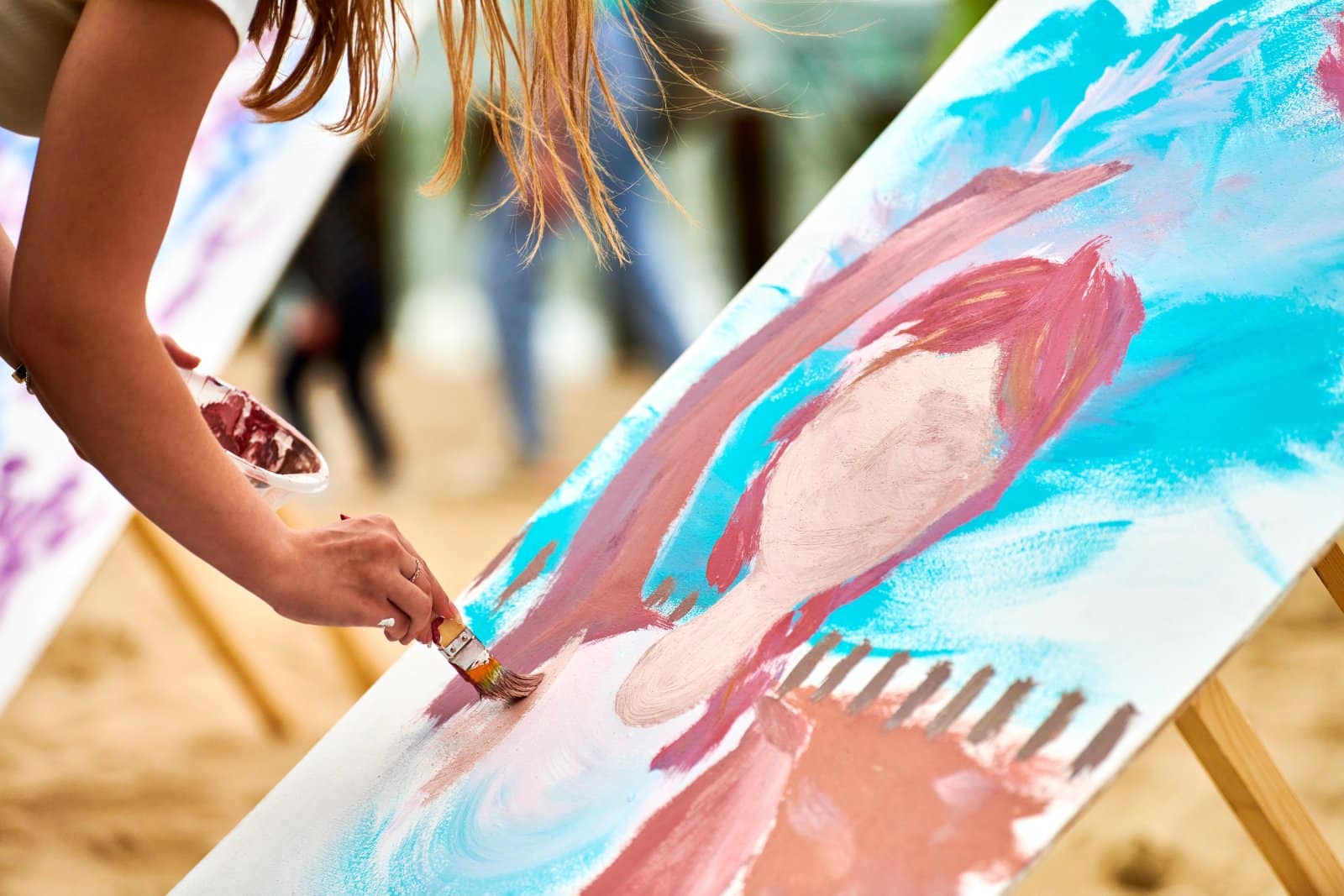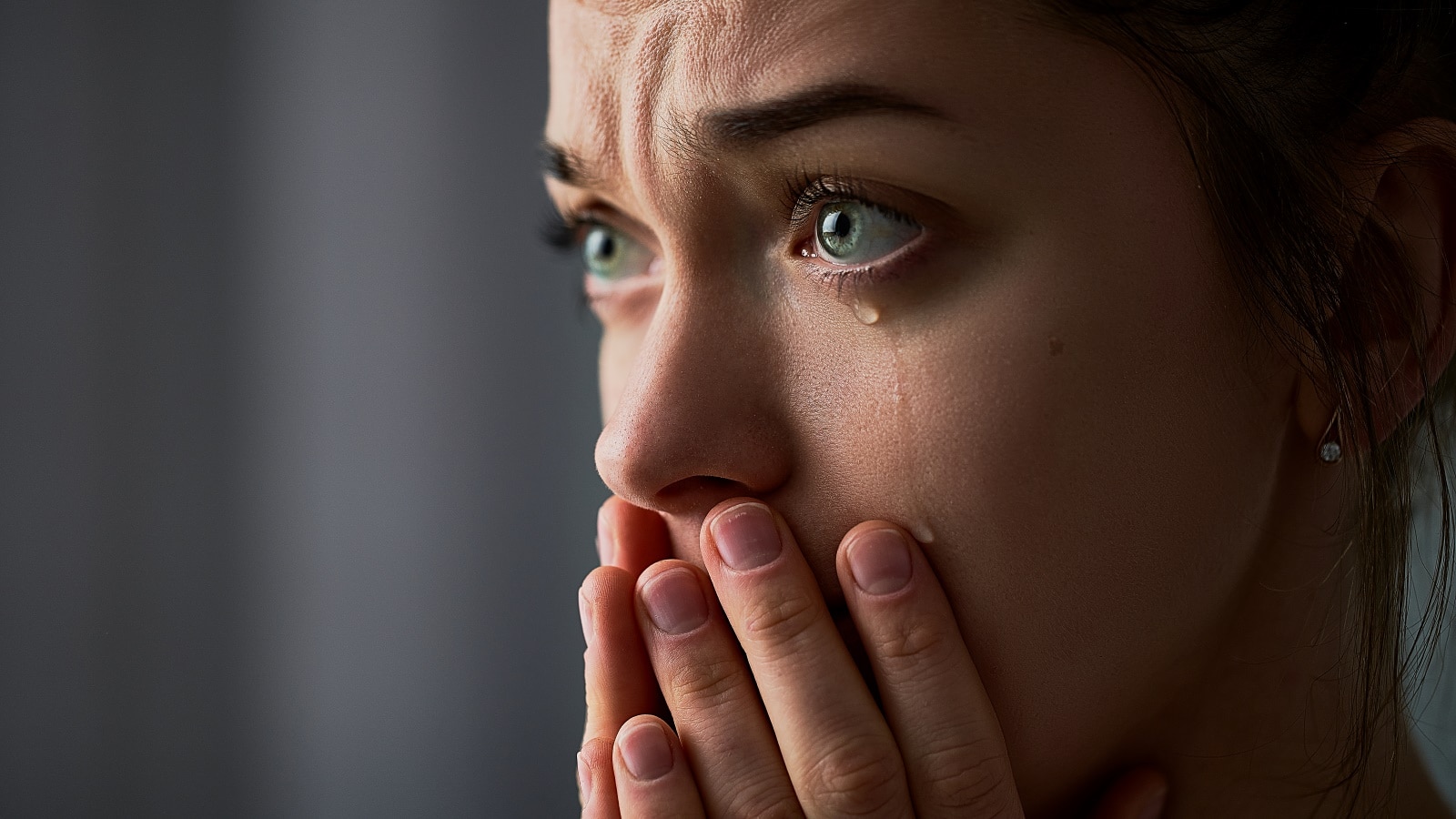Frida Kahlo brought new meaning to art and embraced her sexuality and voice as a bisexual woman. Frida was dynamite and a liberal individual in politics. Here are the reasons she touched so many lives and is still an inspiration several decades later.
1. Early Life

Frida Kahlo was born in June 1907 as Magdelena Carmen Frida Kahlo y Calderon in Coyocoan Mexico. She was of mixed ancestry, born to her Mestizan mother and German-Hungarian father. Her family wasn’t wealthy, but Frida would later become one of Mexico’s and the world’s most famous artists.
2. She Wanted to Be a Doctor

Contrary to her artistic career, Frida was interested in medicine. She was thriving in the male-dominated studies of science and biology. Frida wanted to be a doctor but a near-fatal accident would change her life forever.
3. She Loved the Creative Side of Life

Frida was creative and she enjoyed art very much. She was close to her father who was a photographer by profession this was one of the first places that she tapped into the artsy side of life. Later she would have art lessons from a close family friend.
4. Ill-Health Didn’t Stop Frida

Frida contracted polio as a child and was confined to her bed for nine months. Her one leg never developed properly and looked thinner than the other. Her father supported her and encouraged her to be active in sports to help speed up her recovery. At the age of 18, she was involved in a bus accident that left her in constant pain and also bedridden for three months afterwards.
5. A Near-Fatal Crash Changes Frida Kahlo’s Life and Path

In September 1925, Frida and her then-boyfriend took the bus which ultimately crashed and resulted in severe injuries. Frida nearly died and the injuries included a broken spinal column, broken ribs, broken pelvis, leg fractures and an impaling of her uterus and abdomen.
6. Hospital Stays Where a Normal Part of Her Life

Frida had to endure surgeries and many hospital stays which only got worse later in her life. She would also have to wear a special corset to keep her back and spinal column aligned. She suffered endless pain every day after her accident. The long hospital stays inspired her art and she diarised her life’s journey through painting.
7. She Would Never Have Children

Because of the piercing of her uterus during Frida’s accident, she wouldn’t be able to have children. She also had three miscarriages. Frida Kahlo depicted many paintings showing sorrow and deep messages about her suffering and how her life had changed. In her words “Nothing seemed more normal to me than to paint what I had not achieved. – Frida Kahlo”
8. Wholly Embraced Her Mexican Roots

Frida often wore traditional Mexican clothing and prints. She also painted herself in portraits wearing them. Her love for her culture, Mexican folk, and country inspired and continues to inspire others even today.
9. Russian Art Influence

Kahlo had a strong political voice and her love affair with Leon Trotsky, a revolutionist from Russia influenced her earlier art pieces. She also dedicated a self-portrait to Trotsky in honor of their brief relationship when he was exiled from his home country and sought refuge in Mexico.
10. Political Views

Both Frida and her husband Diego became Trotskyites and supported the political views that Leon Trotsky fought for. Frida and her husband also supported communism and portrayed aspects within the paintings and art pieces like the hammer and sickle with a red backdrop.
11. Her Marriage Was Rocky

Frida was attracted to Diego as both shared a love of art. Still, her parents never liked him for their daughter, but Diego was from a prominent family and he could provide the money she needed for her health care. Many people thought them to be an odd couple. In some ways Frida protected Diego and he loved her charisma and influence.
12. Her Open Marriage

Even though Frida was married to Diego from 1929-1940, the pair split up after Diego betrayed their marriage and had an affair with Frida’s sister, Cristina Kahlo. Diego and Frida would later remarry in the 1940s. They developed and maintained an open marriage. Diego was less interested in Frida during her deteriorating health and immobility. The couple had other lovers during their bond together.
13. Relationships and Bisexuality

Frida was openly bisexual and has had many sexual partners and relationships with men and women. She sometimes dressed more masculine to portray this side of her sexuality even in those early days. Her sexuality and non-gender conformity were also displayed in some of her artwork. Some of her former lovers included Maria Felix, Paulette Goddard, Isamu Noguchi, and Georgia ‘O Keeffe.
14. Paintings Portraying Bisexuality

In 1940 Frida completed a famous self-portrait where she donned a short haircut and wore a men’s suit. Another painting called Two Nudes in a Forest completed in 1939 was a gift she presented to her female lover, Mexican actress Dolores del Rio.
15. Thriving Art Influence

Although Frida wasn’t as confident in her paintings, others saw her talent and skill. The famous American actor and art collector Edward G Robinson bought three of Kahlo’s paintings in 1938 for $200 each and displayed them in Paris, France. With the help of his friend and art dealer, Julien Levy, Frida was allowed to have her first official exhibition in the United States. The exhibition took place at the Julien Levy Art Gallery in New York.
16. She Was Her Own Muse

Frida Kahlo once said, “I paint myself because I am often alone and I am the subject I know best”. Even when her ailing health left her bedridden and in agony most days, she continued to paint from a special easel built to accommodate her lying down. She completed many self-portraits.
17. She Embraced Her “Flaws” and Injuries

What others would consider flaws and imperfections, Frida embraced it. She often exaggerated her unibrow and upper lip facial hair in her portraits. She also painted her injuries from the accident, bearing all her physical and psychological pain for all to see. In hindsight, Frida was a symbol of body positivity.
18. Her Health Deteriorated but She Pushed On

Frida Kahlo was courageous in many ways even when her body could no longer cope. Her later years saw her more often in the hospital and unable to walk or move without crutches or a wheelchair and aid from caregivers.
19. The Death of Her Father Was Devastating

Frida and her father Wilhelm Kahlo were very close. He took care of her during her battle with polio and after her accident. He stood up against Hitler’s rules and just like Frida, fought for people’s rights and liberation. The death of her father crushed Frida and she became depressed and anxious.
20. A Painting Dedicated to Her Father

10 years after Frida Kahlo’s father had passed away, in 1952 she dedicated a painting to him called “A Portrait of My Father Wilhelm Kahlo”. She signed it with a note that read “I painted my father Wilhelm Kahlo of German-Hungarian origin; a photographic artist by profession; generous, intelligent, and refined in character, and brave because he suffered from epilepsy for 60 years but never stopped working, and he fought against Hitler. Adoringly, his daughter Frida Kahlo.”
21. Her Final Years

Frida would eventually die in 1954 at age 47 after battling depression, chronic illness, and bronchopneumonia. Her leg was also amputated as a result of gangrene and all this occurred in the same year she opened her art gallery. Some reports suggest that she had died of a pulmonary embolism. However, there are suggestions that she took her own life with an overdose because her last diary entry stated “I hope the exit is joyful and I hope never to return – Frida.”
Closing Thoughts

Frida Kahlo faced many challenges but she never gave up. Through all her pain, suffering, and troubled marriage, she still gave talks at demonstrations like the one against the CIA invading Guatemala. Today, she remains an icon in the LGBTQ+ community and a world-renowned artist. Her life’s legacy continues and you can visit the Museum in Coyoacan Mexico.
The post Queen: 21 Reasons Frida Kahlo Was an LGBTQ+ Force To Be Reckoned With first appeared on Pulse of Pride.
Featured Image Credit: Shutterstock / phortun.

